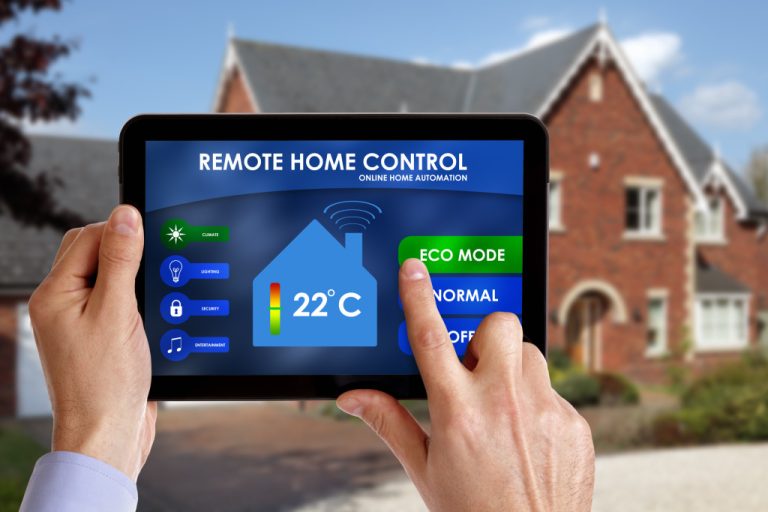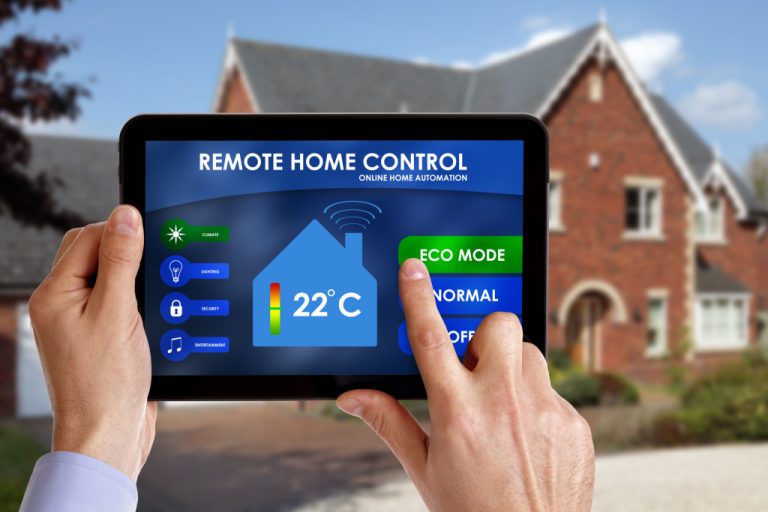- Singapore’s warehousing industry leverages advanced material handling equipment for efficient movement and storage of goods.
- Robotics and autonomous mobile robots enhance the country’s logistics sector for improved productivity and efficiency.
- Augmented Reality (AR) technology is used for inventory visualization, increasing picking accuracy by up to 40%.
- Drones and autonomous vehicles are transforming logistics, reducing transportation costs, and boosting delivery speed.
- The Internet of Things (IoT) provides real-time inventory management, enabling businesses to make informed decisions and optimize operations.
Singapore is known for its technological advancements in various sectors, including warehousing. The country’s investments in warehouse technology have opened up opportunities for innovation, cost savings, and efficiency in the logistics industry. This blog will discuss Singapore’s technological advancements in warehousing and how they are changing the face of logistics. Read on to learn more about the latest trends in warehouse technology in Singapore.
Material Handling Equipment
Material handling equipment (MHE) is a crucial aspect of warehouse technology, and Singapore has been at the forefront of developing and implementing advanced MHE solutions. The country’s warehouses are equipped with state-of-the-art automated systems that allow for efficient movement and storage of goods. Here are some examples of MHE used in Singapore’s warehouses:
Forklifts
These reliable machines are used for lifting, moving, and stacking pallets of goods. Singapore has embraced the use of electric-powered forklifts, which not only reduce carbon emissions but also have lower operating costs. However, an internal combustion or IC forklift can also be found in Singapore, as they are still suitable for heavier lifting operations.
Automated Guided Vehicles (AGVs)
AGVs are unmanned, self-driving vehicles that use sensors and mapping technology to navigate warehouses and transport goods. These advanced machines eliminate the need for human-operated forklifts and can operate 24/7, leading to increased efficiency and cost savings.
Automated Storage and Retrieval Systems (AS/RS)
AS/RS are computer-controlled systems that use a combination of automated storage racks, conveyors, and cranes to store and retrieve goods. Singaporean warehouses have adopted AS/RS technology to maximize storage capacity, minimize human error, and improve inventory management.
Robotics and Autonomous Mobile Robots

Singapore is investing in robotics technology to enhance the productivity and efficiency of the logistics industry. Robotics and autonomous mobile robots can be used for transporting goods, picking, and packing, among others. Using such technology in logistics is not only cost-effective but also helps reduce manual labor workloads. The robots can also carry out repetitive tasks and work for extended periods without rest, leading to a significant increase in productivity.
Augmented Reality Technology
Augmented Reality (AR) technology is another technological advancement that is transforming the Singaporean logistics industry. This technology helps warehouse workers to visualize inventory in a virtual space. The AR technology can help workers identify missing or misplaced items and ensure that the right products are sent out to customers promptly. The use of AR technology in warehousing has been found to increase picking accuracy by up to 40%.
Drones and Autonomous Vehicles
Drones and autonomous vehicles are rapidly taking over the logistics sector in Singapore. Drones are used for delivering goods to remote locations, while autonomous vehicles can be used to transport goods across land. These technologies have helped in the reduction of transportation costs and increased the speed of delivery. The use of drones and autonomous vehicles is expected to grow significantly in Singapore as more businesses recognize the benefits of using such technology in the coming years.
Internet of Things (IoT)
The Internet of Things (IoT) is another technological advancement that has taken logistics in Singapore to the next level. IoT-enabled technologies can detect and monitor the movement of goods through a warehouse, providing an accurate and real-time inventory management system. Here are some examples of IoT-enabled devices used in warehouses:
RFID Tags
RFID tags are small chips attached to inventory items that can be scanned and tracked through the warehouse. This technology helps in accurate and efficient tracking of goods, reducing human error and speeding up processes. With RFID technology, warehouses in Singapore can manage their inventory levels effectively and ensure timely delivery of goods to customers.
Warehouse Management Systems (WMS)
WMS is a software platform that uses IoT technology to track and manage the movement of goods in a warehouse. This technology provides real-time data on inventory levels, location, and movement, enabling businesses to make informed decisions about their logistics operations. As a result, companies can reduce their operational costs and increase efficiency.
Thanks to technological advancements, Singapore’s warehousing industry is developing at an unprecedented pace. From advanced material handling equipment to cutting-edge robotics and IoT-enabled devices, the country is constantly pushing the boundaries of innovation in logistics. As such, Singapore remains a top choice for businesses looking to optimize their supply chain operations and stay ahead of the competition in today’s fast-paced global market. With continued investments and advancements in warehouse technology, Singapore is on track to become a leader in the logistics industry.












